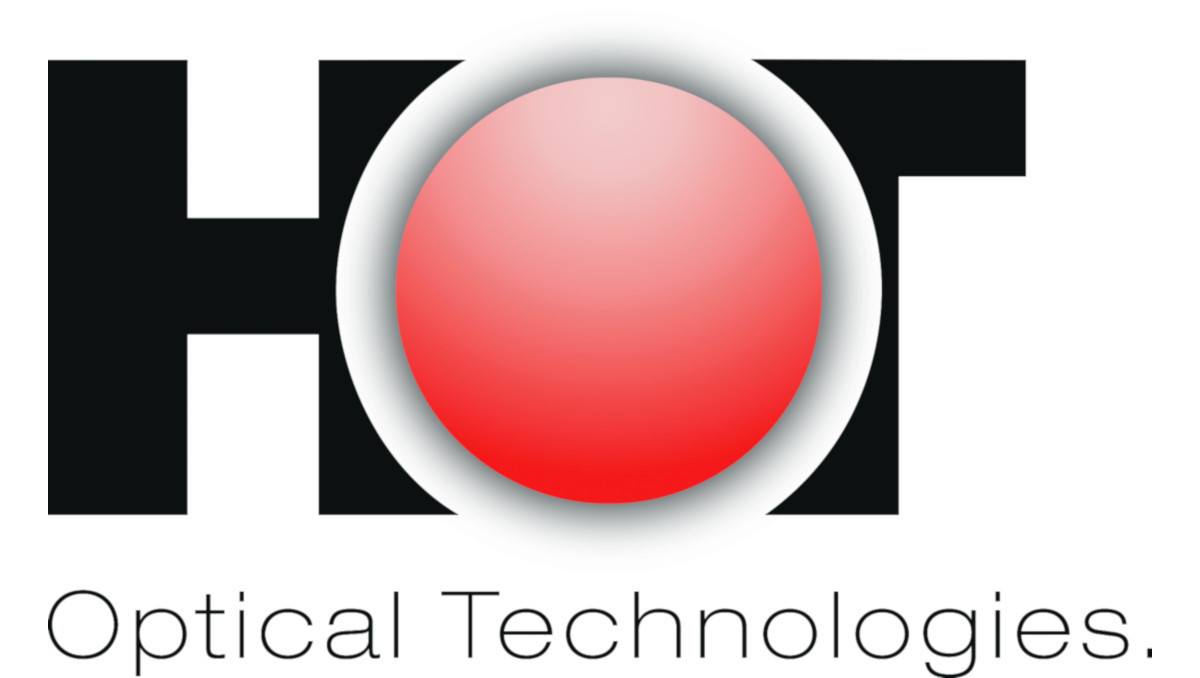In the field of optics and photonics, various topics for Master's theses (30 credits, 6 months) are available in the research group of Prof. Calà Lesina "Computational Photonics". Prof. Calà Lesina is a member of PhoenixD and team leader of the research group "Computational Photonics" at HOT - Hannover Centre for Optical Technologies.
The following topics are available:
1) Simulation and design of optical meta-waveguides
Optical metasurfaces are arrays of nanostructures that can modify the properties of light upon reflection or transmission. Metasurfaces can be built on top or on the facet of a waveguides to bring their functionalities to the realm of integrated optics. The student will perform numerical simulations of such integrated metasurfaces to come up with innovative designs. The student will learn how to perform simulations with the commercial software COMSOL Multiphysics and Ansys Lumerical. Inverse design based on topology optimization can also be exploited to come up with innovative designs.
2) Inverse design of nanophotonic structures with topology optimization
Optical metasurfaces and metamaterials represent a revolutionary platform to manipulate the behaviour of light at the nanoscale. They can reduce the footprint of traditional optical components, and achieve optical properties otherwise not available (beam steering, wavefront manipulation, polarization control, etc), thus finding applications in all domains of optics and photonics. The student will work with the simulation software Ansys Lumerical and Meep to perform the inverse design of nanophotonic and integrated optical systems via topology optimization.
3) Tunable metasurfaces via liquid crystals
Optical metasurfaces are arrays of nanostructures that can modify the properties of light upon reflection or transmission. Tuning the optical response of such metasurfaces has important implications for display technology, autonomous driving, and adaptive optical lenses. The student will explore some innovative tuning mechanisms based on liquid crystals to control the optical response of the metasurface. The student will learn how to perform electromagnetic simulations with the commercial software COMSOL Multiphysics, as well as open-source packages.
Required qualifications for all theses:
- Excellent communication in English
- Knowledge of at least one programming language (python, Matlab, C++)
- Knowledge of wave optics and electromagnetics
To apply please send CV and transcripts to Prof. Antonio Calà Lesina (antonio.calalesina@hot.uni-hannover.de).
Depending on the candidate's qualifications, these topics can also be adapted to fit the amount of work and duration of a project (10 credits, 3 months).



